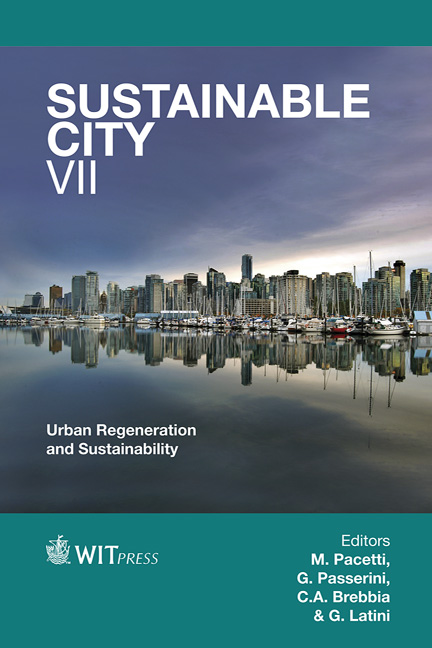Re-use Of The Industrial Heritage Of Bovisa: A Model For Urban And Cultural Regeneration
Price
Free (open access)
Transaction
Volume
155
Pages
12
Page Range
869 - 880
Published
2012
Size
1,577 kb
Paper DOI
10.2495/SC120732
Copyright
WIT Press
Author(s)
A. Villacampa1 & Y. Villacampa2
Abstract
After the deindustrialization process of Europe many buildings and complexes were abandoned and their activities were moved out of the cities due to the growth of urban centres. One of those locations is Bovisa in the North of Milan, where old structures of former factories are standing near contemporary buildings. Furthermore, as a common characteristic of old industrial urban areas, the price of land is one of the factors that affect industrial archaeology preservation and its future development. The main goal of this research is to develop a gentrification strategy that can be sustainable for the urban growth and social development of the area. Based on this, the analysis will be presented within two considerations: 1) the adaptive re-use of these buildings has been considered as a motor for sustainability and culture in Bovisa. 2) There has been developed a mathematical model based on a multivariate analysis of the global quantification of factors that take part in the process. This approach has led to the planning and classification of the area followed by a multivariate analysis and a regression model generation. This methodology classifies the area according to the cultural planning development and the recoverability of green areas. A multivariate analysis of the 27 sectors in which Bovisa can be divided has been undertaken. The generation of regression models will help us define the factors that contribute the most to the cultural and greenery recovery. However, a factorial analysis has been made on the data matrix obtained through the quantification of the variables that affect a possible gentrification. This will define the \“cultural recovery” and \“greenery recovery” indexes and the classification of the sectors in homogeneous zones according to a sustainable gentrification process. Keywords: deindustrialization, urban sustainability, gentrification, industrial heritage, cultural development, mathematical model.
Keywords
deindustrialization, urban sustainability, gentrification, industrial heritage, cultural development, mathematical model.





